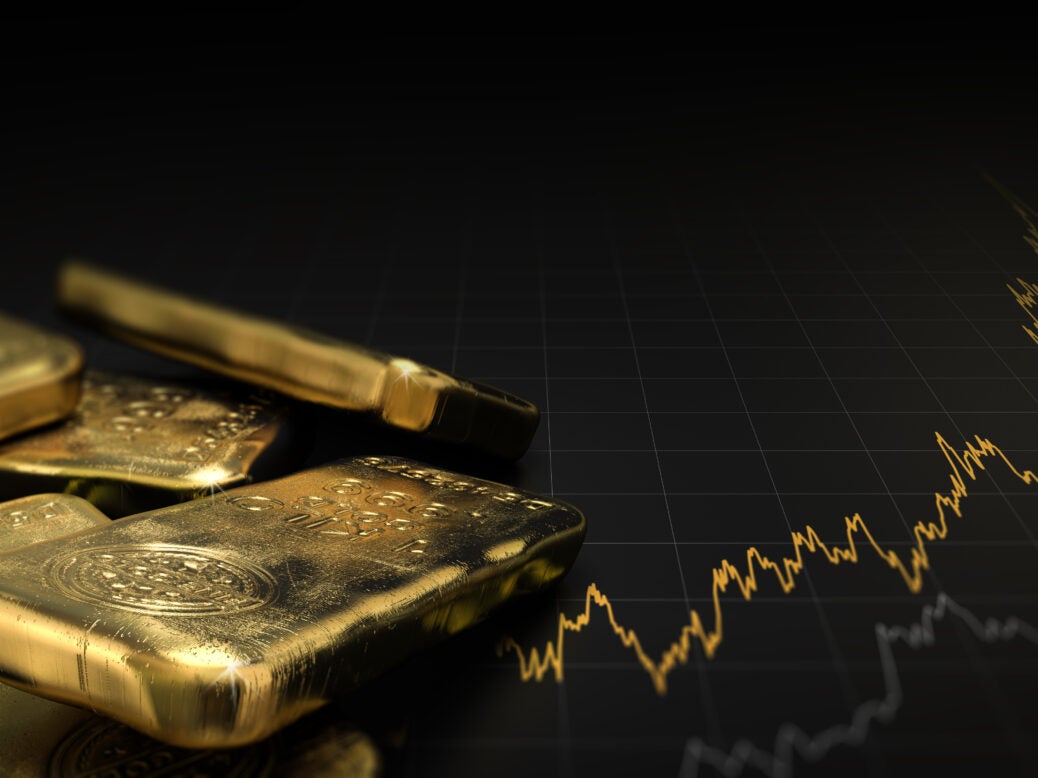
Since they were introduced in 2003, gold-backed exchange-traded funds have flourished. According to the World Gold Council, interest is set to remain strong in 2021
Gold-backed exchange-traded funds (ETFs) are at an all-time high. Of the 83 active gold ETFs tracked by the World Gold Council, total assets under management reached a record high of US$228 billion as of year-end 2020.
Bars, coins, derivatives and over-the-counter instruments might be the most well-known ways in which investors come to own gold, but the growth and evolution of gold ETFs have already helped to advance the broader gold market. This is set to continue, the World Gold Council believes.
Sources: Bloomberg, ETF company filings, World Gold Council; Disclaimer
Gold futures, vaulted gold, mining stocks, and bars and coins remain very relevant and important investment tools, but 2020 has seen a particular growth in demand for gold ETFs.
Global gold ETF inflows have been the key driver of investment demand for gold in 2020, amid a global economic climate impacted by the coronavirus pandemic. Many regions experienced sharp declines in economic growth, resulting in an increased ‘tactical demand’ from investors in search of solid, long-term returns.
Here are some of the reasons behind this rise:
Cost efficiency
Expense ratios – which measure how much of a fund is used for administrative and operating expenses – are significantly higher with major global mutual funds with precious metal strategies than with global gold-ETFs.
While expense ratios of major global mutual funds with precious metal strategies range from 98 basis points (bps) to 456bps, global gold ETF management fees vary between 7bps and 297bps per year.
This is attributed to the economies of scale afforded by the structure of gold ETFs. ‘Many investors have shifted gold exposure to low-cost gold ETFs, using various funds listed in the US and Europe, many of which charge less than 20bps a year,’ reports the World Gold Council.
Transparency
Gold ETFs hold gold bullion in a standardised form of quality, measured in troy ounces, kilograms, or grams. For instance, many gold ETFs around the globe exclusively hold London Good Delivery bars, each weighing approximately 400 troy ounces with a minimum fineness of 99.5 per cent. Many funds, particularly in Asia, have recently linked their gold ETFs to newer benchmarks like the domestic price of gold in India and the Shanghai Gold Benchmark contracts in China. This has allowed local investors to have direct exposure to local gold pricing within their respective regions.
Liquidity
Collectively, global gold ETF trading volumes averaged US$1.8bn per day in 2019 and nearly doubled to US$3.5bn per day in 2020. Such a deep and liquid market enables retail investors to trade gold ETFs with minimal friction costs and is also capable of facilitating large trades for institutional investors. A deep and broad market has provided investors with an extra source of liquidity in times of distress, like the financial market sell-off witnessed in March 2020.
Amid the Covid-19 global outbreak in March 2020, the 10 largest equity ETFs in North America saw a 270 per cent year-on-year surge in their bid-ask spreads on average, and major gold ETFs’ average bid-ask spread in the region rose by 69 per cent. This meant that investors experienced a surge in transaction costs when trading equity ETFs. But the average bid-ask spreads of gold ETFs in markets such as the US and Asia remained relatively closer to their normal levels in March, providing investors with an effective liquidity source during the market turmoil.
How do gold ETFs benefit the broader market?
Much of the evolution in global gold ETFs can be attributed to structural changes in global markets. the establishment of the Shanghai Gold Exchange (SGE) in 2002 as well as China’s lifting of retail bullion trading in 2004 has seen demand surge by 59 times between 2003 and 2013.
An increasing number of investment products listed outside of the US has led to a rise in non-US investors gaining access to gold ETFs.
In the aftermath of the 2007 financial crisis, more than 80 per cent of gold ETF assets were concentrated in North America. But the number of listed global gold ETFs has surged rapidly since then.
Funds are now listed in 18 countries, reflecting a growing investor interest in gold as a strategic asset against a backdrop of various economic and geopolitical uncertainties as well as regulatory support in local markets for the listing of gold ETFs.
The road ahead
Global gold ETF total holdings have been expanding at an average of 42 per cent per year since 2003, and their trading volumes are near record levels.
‘With the investment demand for gold rising rapidly in recent quarters, the unique features of gold ETFs, including cost-effectiveness, market depth, efficiency in tracking the spot gold price, safety of storage and the fact that they are securely backed by physical gold, have increased the attractiveness of these products’ markedly,’ says the World Gold Council, which has helped to establish the Responsible Guide to Retail Gold Investment, a web resource aimed at investors looking for safe, transparent and efficient gold investment products.
Indeed, confidence in the role of gold as a strategic asset could continue to strengthen among investors as the Covid-19 pandemic continues to impact global economies.
As economic uncertainties are likely to remain high and interest rates remain low, demand for safe-havens is increasing. These economic conditions also mean an increased demand for liquidity during testing times.
Not only have gold’s long-term returns in different currencies outperformed other major assets in these markets, investors in different areas have also witnessed gold’s stability against inflation, stock market turmoil and currency depreciation.
For example, between 2007 and 2011 – when the financial crisis took its toll on financial markets worldwide – investment demand for gold rocketed by 156 per cent, whilst holdings of gold ETFs in key markets more than doubled on average. Global investor allocation to gold surged by 68 per cent between 2015 and 2016 amid the Brexit vote. At the outset of another year that is far from predictable, it’s unlikely that investor interest will abate.
Learn more about the case for gold for individual investors on Goldhub








